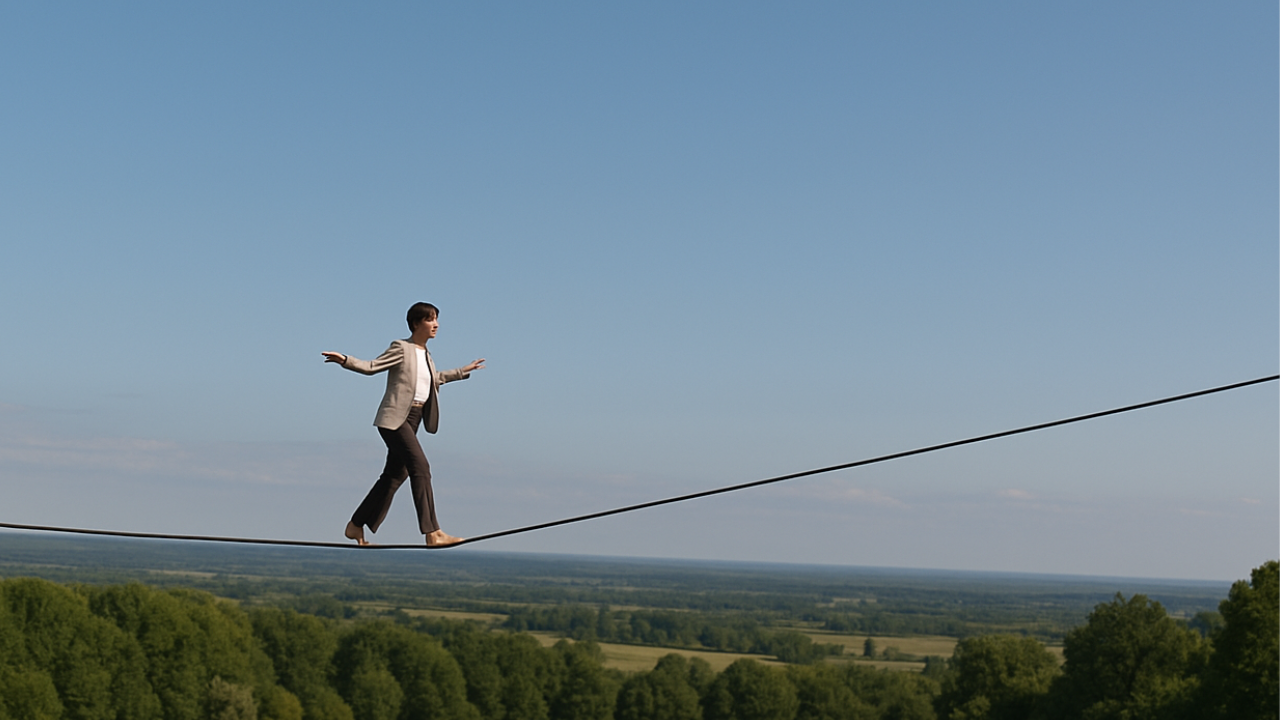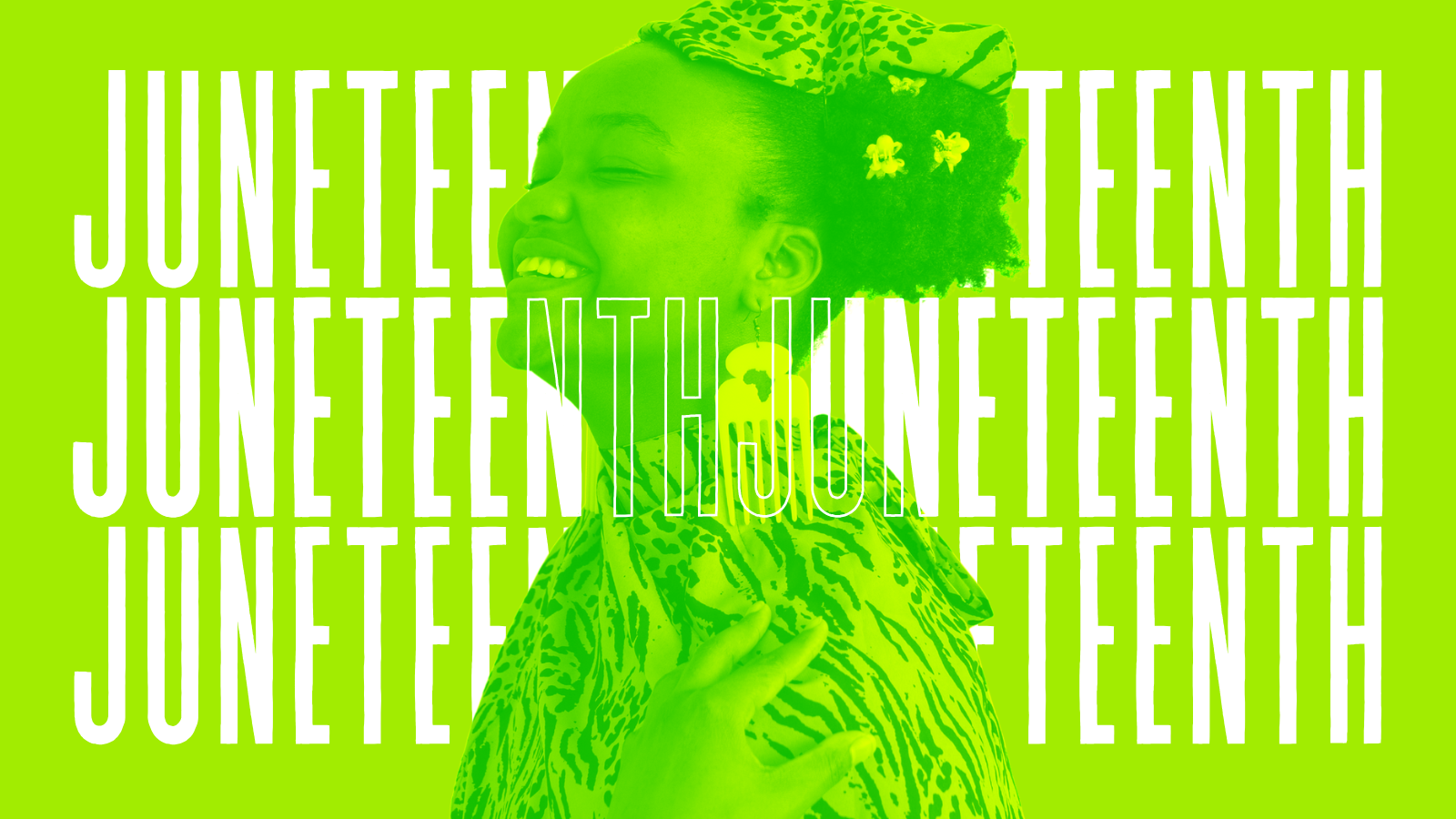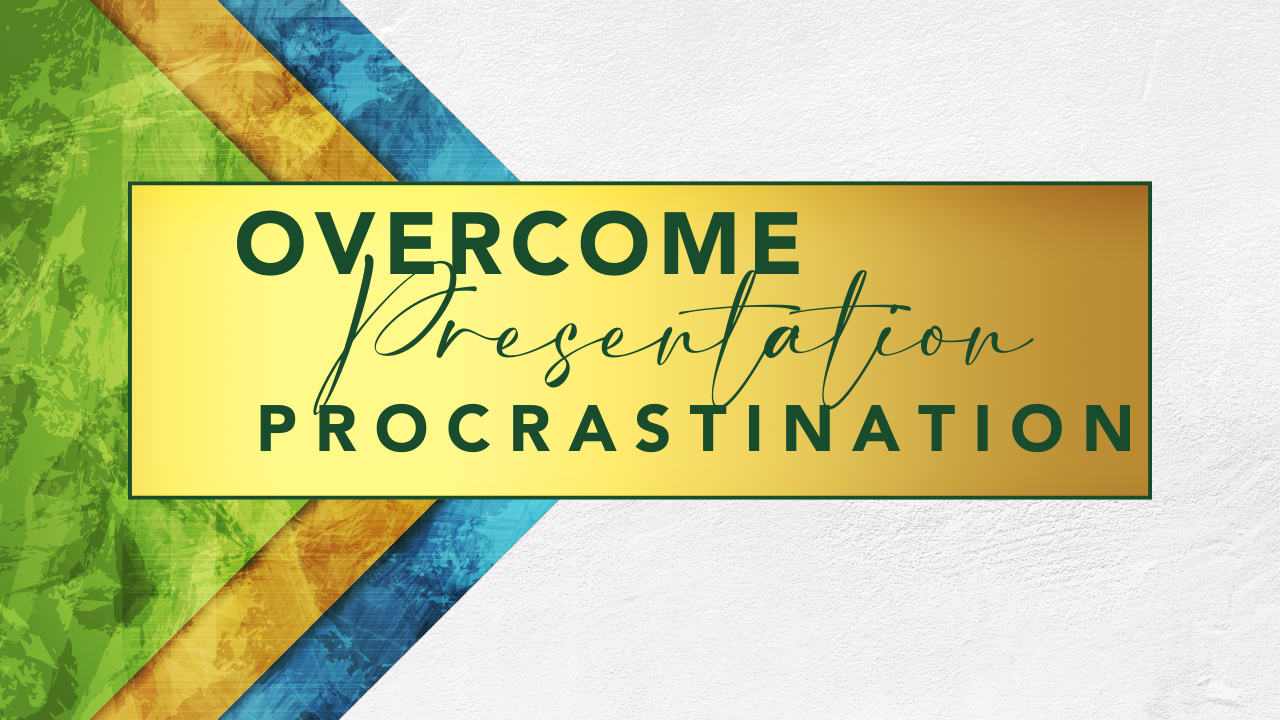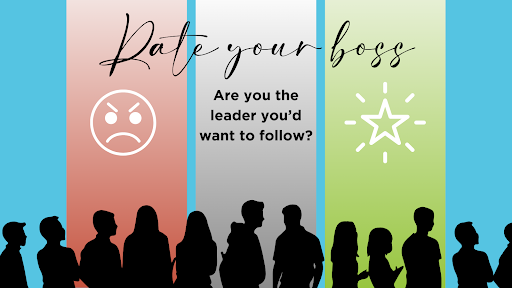What do you want to be when you grow up?
How many times have you been asked this question? How many times have you asked it of others? And why is it so difficult to answer? I don’t know. It’s hard to say.
Early this week my good friend and colleague, Nancy Anton, was the guest speaker for the 2019 Career Day program hosted by the Rotary Club of Greenville. More than 100 high school juniors were in attendance as well as about 100+ Rotarians. The room was full of energy and optimism for the future.
Nancy opened up with the question, “What do you want to be when you grow up?” She then shared some statistics that made us feel better for not having an answer:
75% of students enter college as “undeclared”
50% of college students change their major during their college years
By a show of hands, most Rotarians in the room were not in jobs that they had envisioned when they were in eleventh grade. We just didn’t have enough information or life experience to know at that time. So why do we keep pressuring young people to know what we didn’t know at that age?
Even though Nancy’s presentation (and this blog post) is primarily for the benefit of young people trying to find their path, the career advice that Nancy shares is germane to all of us. Whether you are early career, mid-career, seasoned, retired, expired, or considering an encore performance, pay attention. Nancy’s career tips can help you to help more young peopole to begin their career journeys. Her tips might even be useful in helping you to manage your own career. You never know…
Six Career Tips to Help Young Adults Find Their Path
Inspired by Nancy Anton, corporate recruiter and career counselor*
Career Tip #1: Get More Information
Nancy encouraged the students to get more information. She said, “Good decisions are based on good information.” She explained that many people pursue careers that follow what their parents or family did. Why? Because it’s familiar. It feels safe.
Career Tip #2: Be Curious and Ask Good Questions
Nancy recommended that the students be more curious. “Curiosity shows intelligence,” she stated. Ask some of these questions the next time you are networking with someone in a profession, field or job that you might have interest in:
- “What do you like most about doing what you are doing?”
- "What makes you successful in doing what you’re doing?”
- “What qualities and skills are important to do what you do well?”
Career Tip #3: Spend Your Time Wisely
There are many ways to learn and find out what career paths might be right for you, including:
Take a
summer job doing something you are potentially interested in doing. Don’t just default to a summer job that pays well or is easy to do. Rather, stretch yourself to land a summer job or internship that puts you in the position to get more information about what it’s like to work in different fields.
Short term assignments are also a great way to see what other people do. “Temping” through agencies can offer young people a great deal of exposure and variety in a short period of time. Nancy has found that temping allows young people to figure out “Is this me?” and “Is this where I want to be?”
Job shadowing is a great way to get information. She told a story of a young person who was a wait staff professional serving a group of doctors at a local cafe. In a casual conversation, the doctors picked up on the fact that the young person was possibly interested in a career in medicine. One of the doctors invited the young person to come to the hospital and job shadow him for a day. This job shadow experience provided the young person with a great experience and a lot more firsthand information about what it might be like working in the medical industry.
Networking is also a great way to get more information, suggested Nancy. Talk to your parents’ friends and neighbors who are in jobs/fields that you might be interested in. People know people. And if you ask good questions and follow up, they are likely to want to help you along your path.
School Counselors.
Some high schools and most colleges have career advisers and school counselors that are truly exceptional in providing students with the mentoring, information, and motivation to explore career possibilities. Make an appointment and have a conversation. Check out what services they can offer you. What should you do if you find a counselor that is a naysayer and doesn’t believe that you will amount to much? Find another counselor, mentor, or adult who is more helpful and encouraging.
Career Tip #4: Do Your Research
There are many online resources available to help young people gain more information and ideas about possible career paths that might be a good fit for them.
For example,
Glassdoor has millions of jobs, salary information, company reviews, and interview questions – all posted anonymously by employees and job seekers.
YouTube has a number of educational videos on different career paths and fields. And if you need some inspiration and ideas worth sharing, check out the many talks on TED.com. For example,
Scott Dinsmore tells his personal story of how to find work you love and then getting started doing it.
No money for college? Before you saddle yourself with thousands of dollars’ worth of college debt, check out what college scholarships and grants are available.
Nancy told an amazing story of interviewing a gentleman for a corporate attorney position. His resume showed that he had a college degree in mining. Nancy asked him how he went from having an interest in mining to becoming an attorney. He told her that his parents didn’t have money to send him to college. So, he searched for college scholarships and found one at Texas A&M that was offering a full ride to students who would pursue a degree in mining. He went for it. While at Texas A&M he asked if he could also do a minor in computer science. They said yes. After graduation, he landed a job with IBM, consulting with their clients in the mining and infrastructure sector. Then he learned that IBM had a tuition reimbursement program for employees. He applied for that and began night classes at law school. A few years later, he had earned his Juris Doctor degree. So why was he interested in mining? Because it offered him a free college education and a pathway to begin his career.
Career Tip #5: Have a Good Reason for Leaving
Someone in the audience asked Nancy how long they should stay in a job in order to avoid the negative impression of being a job hopper. Nancy responded that she worries more about the candidate who has done the same job forever, versus the candidate who has changed jobs a few times. Of course, she has seen candidates who have worked for the same company for many years, but with many jobs and different assignments that clearly shows their continuous growth, development, and learning.
Nancy cautions young adults not to quit their jobs just because they are bored, angry with the boss or colleague, or don’t see a fast track career path. “It takes between 6 -18 months to become fully competent in a job. You must stick through it.” She referred to being “agile” as an important attribute to demonstrate on the job (and in your resume).
Generally speaking, a pattern of job hopping creates concern for recruiters and employers. It triggers a thought bubble in their head, “What’s going to happen if they become unhappy at my workplace? Are they going to leave me, too?”
There are many good reasons to leave a job (even if you don’t have another job to go to, although that would be the preferred situation). Nancy’s advice to all in the room: “You have to make sense of your career moves.”
Career Tip #6: Attitude is Everything
Even when you have a difficult or disappointing job experience, it can still be a valuable learning experience for you, if you have the right attitude. Don’t fear change; embrace change as an opportunity to learn and grow, and to experience new and different things. “There’s value in learning what you don’t want to do. Keep your mind open, and ask for help,” stated Nancy.
And keep in mind that positive attitudes need care and feeding. Inspiration and reflection are part of the dietary requirements for a positive attitude. Consider what you are reading, watching, listening to, and hanging out with. Do these external inputs make you feel more positive, or more negative, or perhaps neutral? Do they build you up or tear you down?
One of my favorite gifts to give to a graduating high school or college senior is the book,
Work on Purpose by Lara Galinsky and Kelly Nuxoll. This book follows the careers of five young professionals who choose fields based on what others told them would be best for them, only to discover they are miserable. Their journey to find a new career path is truly inspiring. The companion organization,
Echoing Green, is also doing amazing work to equip and motivate young professionals to do more meaningful work. They act as a social innovation fund to be a catalyst for change and impact.
One Final Thought
As Nancy closed her Career Day talk at the Rotary Club of Greenville, she suggested that the students and the adults consider asking a better question. Rather than asking, “What do you want to be when you grow up?”, try asking this question:
“Where are you going to get started?”
***
About
Nancy Anton
Nancy is an expert corporate recruiter and career counselor. She serves as a Senior Recruiter with GE. Prior to that, Nancy was Corporate Recruiter with Cigna, MassMutual and Talent Acquisitions Manager for Legrand. Nancy has been recruiting over 15 years, with a history of filling 75-300 positions a year. Known as The Voice on Recruiting, Nancy is a national speaker and trainer Corporate America. She has trained over 2,000 recruiters sharing the fundamentals of recruiting, agency law and ethics. Learn more about
Nancy Anton on her LinkedIn profile.
[Note:
The ideas and opinions contained in this blog were inspired by the notes I took while Nancy Anton gave her presentation at the Rotary Club of Greenville’s Career Day on March 26, 2019. I have inserted a few of my own pearls of wisdom to young adults looking to launch their careers. Nancy Anton has reviewed and approved this message.]










